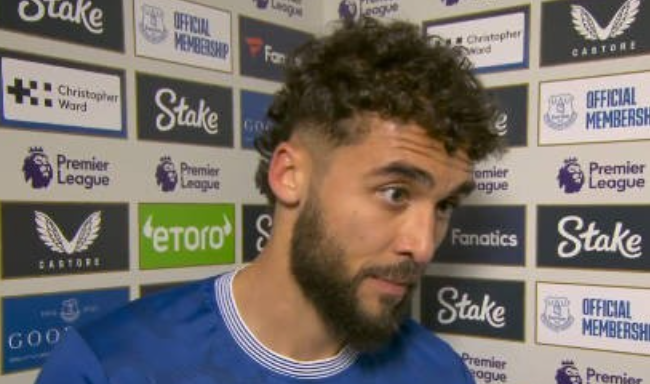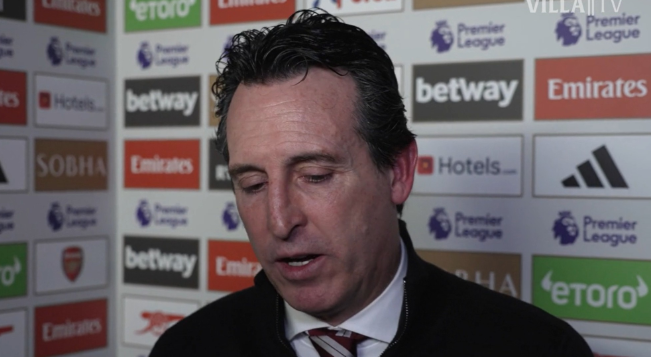
[Premiere/Matchup Spotlight]
Real Madrid (soccer team)
There is nothing new in the lineup for this match, as the team is playing away from home and is relatively weak in overall strength, with only experience to be praised. Therefore, coach Carlo Ancelotti adopted a defensive counterattack tactic, which is both reasonable and in line with expectations. The arrangement of the starting lineup intuitively reflects the coach's tactical intention: to strengthen the right side of the defense, to protect Modric, to reduce his defensive exertion, so as to make use of his excellent passing ability at critical moments. Under the premise of ensuring defensive solidity, Benzema's organization and Vinicius' quick sprints were utilized as the key to counterattacks.
Chelsea's side was full of controversy, starting with the choice of starting players. First, Aspilicueta, who is used to the right side of the field, was temporarily adjusted to the left side of the field, which may be only for the consideration of defensive awareness; second, the choice of Christensen, even though he is not fast, he has to face the opponent's fastest Vinicius, and this choice aroused the general questioning of the fans; third, in the face of the Royal Madrid's weaker mobility in the mid-field, the theoretical Kovačić and Kante's double-back combination is more appropriate. But Tuchel chose Joao Giorgino, which I can understand, this is related to Tuchel's tactical thinking in the first round.
Tuchel chose Joao Giorgino in the team's strongest player configuration, which I believe is mainly because his tactical intention in the first round was to emphasize possession and create attacking chances by constantly passing the ball to deplete Real Madrid's aging midfield line (Modric is 36 years old and Kroos is 32 years old). However, Tuchel's attacking mindset for this match was not obvious.
Indeed, utilizing the Kovačić and Kante combination for quick attacking and defensive transitions can also have a depleting effect, which seems to be more in line with Chelsea's characteristics, but Tuchel's decision for the first leg still seems to be justified in light of this month's fixtures.
Chelsea's fixtures this month:
With the exception of Southampton in three days time, which is relatively easy to deal with, the rest of the matches are hard fought.
Emphasizing possession not only effectively depletes the opponent, but also reduces one's own depletion, which is what makes Guardiola's system so powerful. Tuchel's thinking in the first round was similar to Guardiola's system, including the intensity and frequency of the high press in front of the field, with the intention of regaining possession as early as possible and reducing the amount of time that Real Madrid's technical midfielders have to control the pace of the game:
And the entire organization is channeled around Joao Giorgino (#5), who excels at tempo control:
But the point of concern is what is the core of Tuchel's offense in the face of his opponent's low defense? Despite the similarities between the emphasis on possession and Pep Guardiola's system, Chelsea is not Manchester City, and the player configuration lacks the high skill, versatility and changeover mobility of City players. At the same time, Aspilicueta's cameo as left wingback also means that the two wings that he specializes in are difficult to achieve. On the surface seems to want to use the front three forked trident versatility to achieve the effect of change of position attack, but the link between the three forked trident is very little, the unclear thinking may be one of the reasons that lead to Chelsea's degree of commitment to this battle is not as good as the opponent.
Real Madrid side is honestly good low-position defense, even if the possession of the ball is not in a hurry to start a counterattack, but patience in the midfield and backfield conduction, the use of the midfield line of vision and organization ability to entice the opponent to the front of the field to force the robberies. Once the opponent found that the pressing error, and then use Benzema's tandem and Vinicius's high-speed sprint to tear through the opponent's defense, and finally by Benzema to complete the harvest:
In addition, Real Madrid's low-level defense is not simply holding a position or waiting for an opponent to make a mistake, but rather pressing and pressing frequently (quite a lot, but not with high intensity, and mainly based on disruption, so the success rate isn't very high, at 16.1%), so that the opponent can't organize comfortably:
Here to add a statistic as a comparison, another group of eight Champions League match between Atletico Madrid and Manchester City, Atletico Madrid almost dead to the end of the whole game, the number of times of pressing and pressing a total of only 154 times.






























